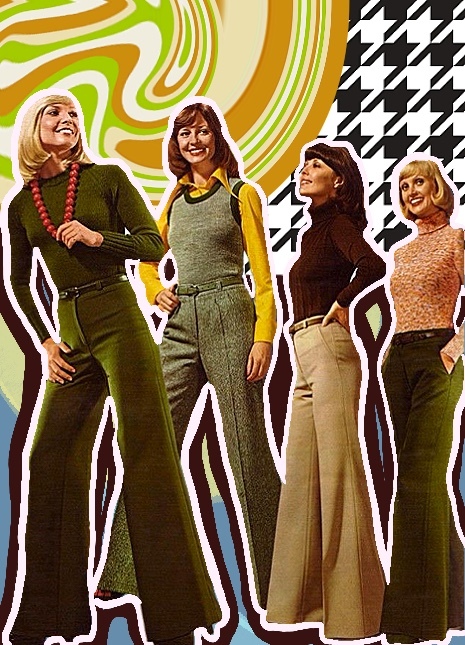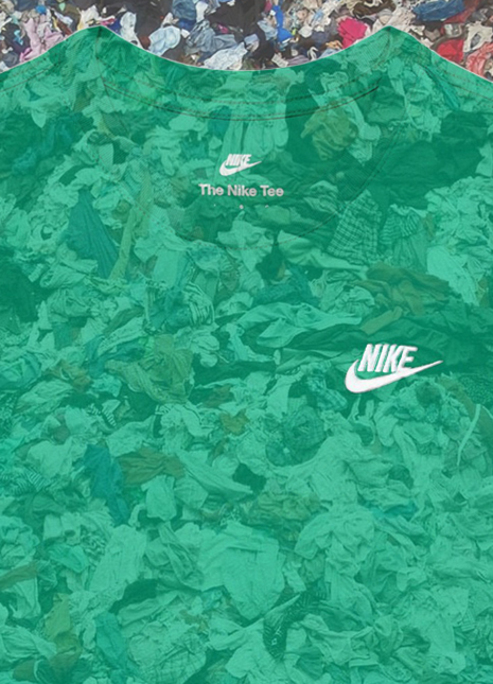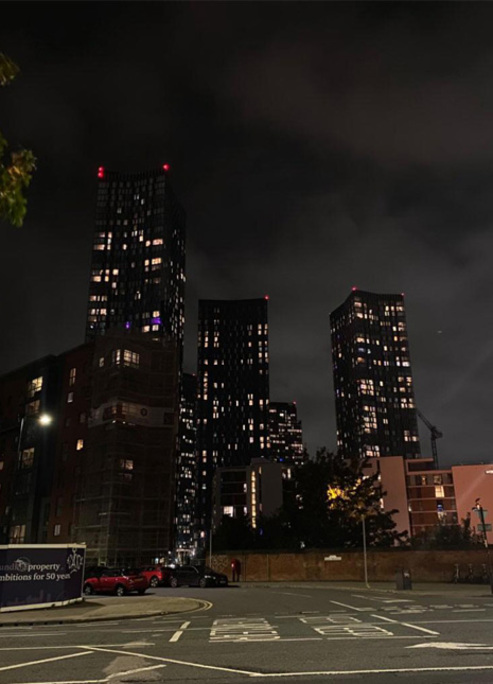
Fast Fashion Versus Vintage Fashion
A tale of two trends.
Fast and vintage fashion represent two opposing ends of the clothing spectrum, each with distinct appeal and impact.
What is Fast Fashion?
Fast fashion refers to rapidly producing inexpensive, trendy clothing inspired by the latest runway styles. Brands like Zara, H&M and Shein dominate this industry, offering consumers affordable access to the latest looks. However, this convenience comes at a cost. Fast fashion is notorious for its environmental footprint, contributing to textile waste, water pollution, and it's excessive carbon emissions. Moreover, the industry's reliance on low-wage labor raises ethical concerns about workers' rights and safety.

Why is Vintage fashion more important?
Vintage fashion, in contrast to fast fashion, celebrates the timeless appeal of clothing from past decades. These pieces, often pre-loved, are characterized by quality craftsmanship and unique designs that stand out in a sea of mass-produced items. Shopping vintage is not only a sustainable choice but also an opportunity to own a piece of history. By repurposing older garments, vintage enthusiasts contribute to reducing fashion's environmental impact while embracing individuality.

As awareness of sustainability grows, many are turning to vintage fashion as an antidote to the wastefulness of fast fashion. Whether you seek affordability or timeless style, your choices can shape the future of the fashion industry - one mineful purchase at a time.











